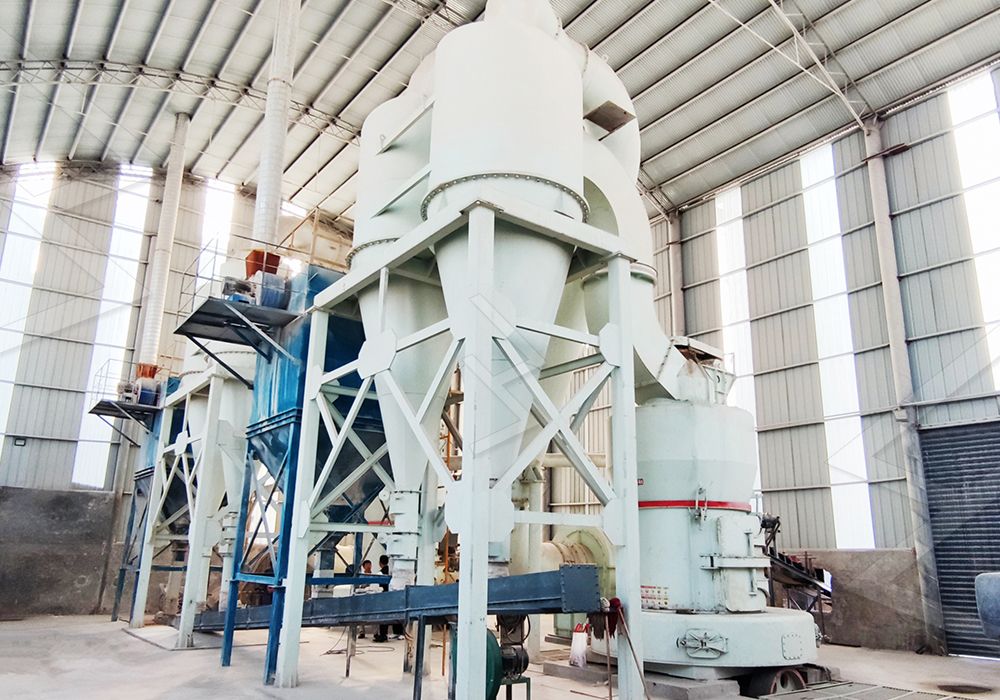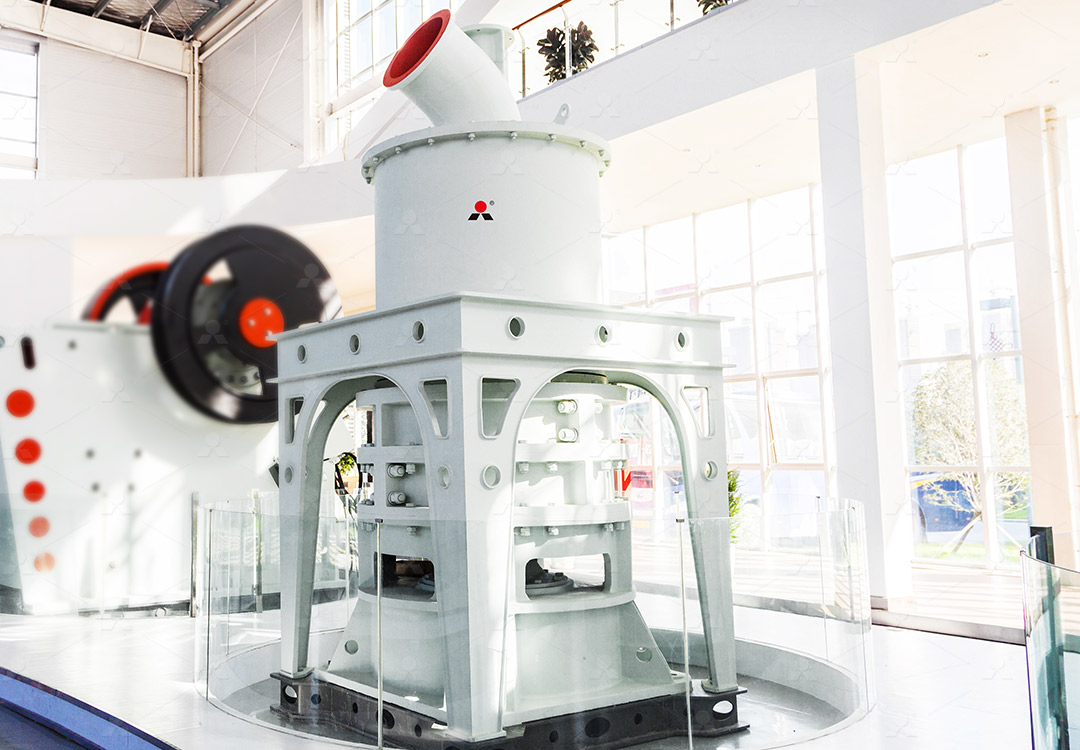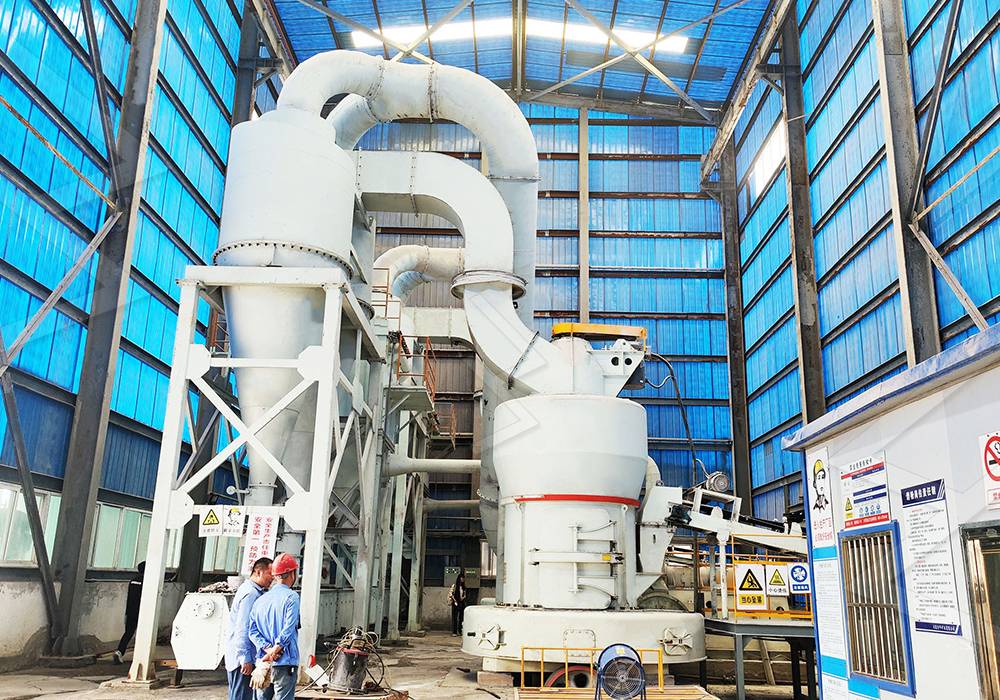What Happens to Coal During the Grinding Process in Industrial Mills?
What Happens to Coal During the Grinding Process in Industrial Mills?
Coal grinding represents a critical stage in numerous industrial processes, particularly in power generation and cement production. Understanding the physical and chemical transformations that occur during this mechanical reduction process is essential for optimizing efficiency, controlling particle size distribution, and ensuring operational safety.
The Fundamental Mechanics of Coal Comminution
When coal enters an industrial grinding mill, it undergoes a series of mechanical forces that progressively reduce its particle size. The initial crushing stage breaks down large coal chunks (typically 0-20mm in feed size) through impact and compression. As material moves through the grinding chamber, it encounters rollers, rings, or balls that apply tremendous pressure, causing fractures along natural cleavage planes within the coal structure.
The grinding mechanism creates three primary effects: compression (between grinding elements), impact (from high-speed collisions), and attrition (particle-on-particle abrasion). Each contributes differently to the final product characteristics. Compression tends to produce more uniform particles, while impact generates a broader size distribution, and attrition creates finer fractions.

Critical Transformations During Pulverization
Beyond mere size reduction, coal experiences several important changes during grinding:
Surface Area Expansion: As particle size decreases, the specific surface area increases exponentially. This dramatically enhances combustion efficiency in power plants, as more surface area is exposed to oxygen during burning.
Liberation of Volatile Matter: The mechanical action can release some volatile components trapped within the coal matrix. Proper ventilation and temperature control are crucial to prevent premature ignition or explosive conditions.
Moisture Redistribution: Grinding generates heat that can drive off surface moisture. However, some internal moisture may redistribute within the powder, affecting flow characteristics and combustion properties.
Particle Shape Modification: Different grinding mechanisms produce distinct particle morphologies. Some mills generate more angular particles, while others create rounded shapes that affect flowability and packing density.
Advanced Grinding Solutions for Coal Processing
For operations requiring ultra-fine coal powder with precise particle size control, the MW Ultrafine Grinding Mill represents a technological leap forward. Engineered specifically for customers needing to produce ultra-fine powder, this advanced system handles feed sizes of 0-20 mm with capacities ranging from 0.5 to 25 tph.
The MW mill distinguishes itself through several innovative features. Its newly designed grinding curves for rollers and rings enhance grinding efficiency significantly, achieving 40% higher production capacity compared to jet mills and double the output of ball mills at equivalent fineness and power consumption. Meanwhile, system energy consumption is reduced to just 30% of comparable jet grinding mills.
Perhaps most impressively, the MW Ultrafine Grinding Mill offers adjustable fineness between 325-2500 meshes through its German-technology cage-type powder selector. This system ensures precise particle classification with screening rates achieving d97≤5μm in a single pass. The absence of rolling bearings and screws in the grinding chamber eliminates concerns about bearing damage or loose fasteners causing mechanical failure.

Environmental and Operational Considerations
Modern coal grinding must address environmental concerns alongside operational efficiency. The MW Ultrafine Grinding Mill incorporates an efficient pulse dust collector and muffler system that minimizes dust emissions and noise pollution. The entire production process complies with national environmental protection standards while maintaining consistent output quality.
For operations prioritizing vertical integration and space efficiency, the LUM Ultrafine Vertical Grinding Mill offers an excellent alternative. With its unique roller shell and lining plate grinding curve design, the LUM mill generates material layers more easily and achieves high finished product rates through single-pass powder milling. Its PLC control system and multi-head powder separating technology enable precise control over grinding parameters while reducing energy consumption by 30-50% compared to conventional mills.
Both systems exemplify the technological advancements that have transformed coal grinding from a simple crushing operation to a sophisticated process engineering discipline where particle morphology, size distribution, and surface characteristics can be precisely controlled to meet specific application requirements.

Frequently Asked Questions
What is the optimal particle size for pulverized coal combustion?
For most power generation applications, 70-80% of coal particles should pass through a 200-mesh sieve (74μm). The MW Ultrafine Grinding Mill can achieve much finer distributions (up to 2500 meshes) for specialized applications requiring superior combustion efficiency.
How does coal moisture content affect grinding efficiency?
Excessive moisture (typically above 10-15%) can cause material agglomeration and reduce grinding efficiency. Modern mills like the MW series incorporate drying capabilities that help manage moisture during the grinding process.
What safety measures are critical during coal grinding?
Explosion prevention is paramount. Proper ventilation, inert gas blanketing, temperature monitoring, and explosion venting should be integrated. The MW Ultrafine Grinding Mill’s sealed system operation under negative pressure significantly reduces explosion risks.
How does grinding method affect coal combustion characteristics?
Finer particles with higher surface area ignite more readily and burn more completely. The controlled particle distribution from advanced mills like the MW series ensures optimal combustion efficiency with reduced unburned carbon.
What maintenance considerations are unique to coal grinding mills?
Abrasion from mineral impurities in coal requires regular inspection of grinding elements. The MW mill’s external lubrication system and absence of internal bearings significantly reduce maintenance frequency and complexity.
